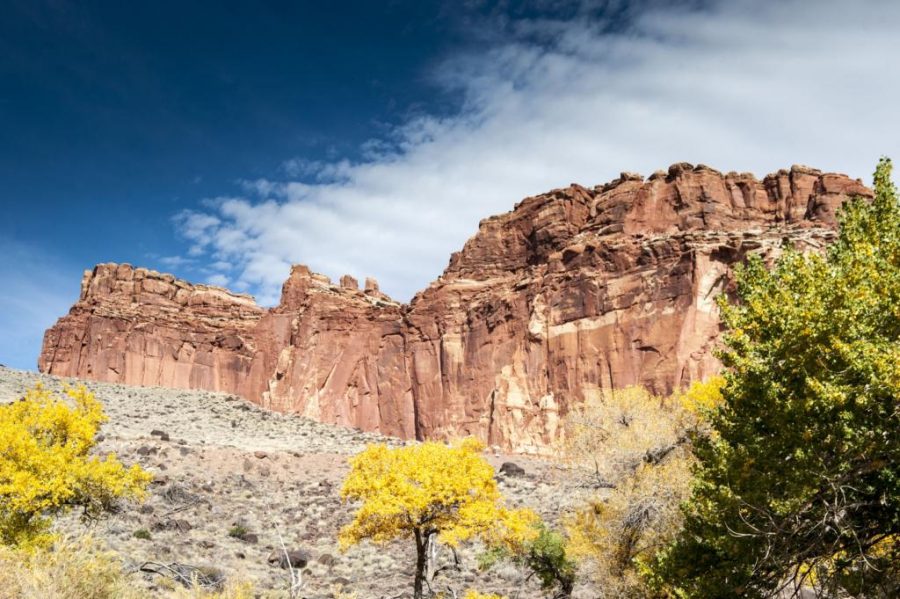The motto of the United States National Park Service, “Experience your America,” captures the spirit of the act signed on March 1, 1872, in which Congress declared Yellowstone National Park “a public park … for the benefit and enjoyment of the people.”
Today there are 58 national parks, five of which are located in Utah. As millions of people visit these parks annually, there has been growing concern from Department of the Interior officials about maintaining park infrastructure for public safety and adapting parks to better the experience of visitors.
Upkeep is expensive as is construction — $62.1 million were spent repairing Zion National Park roads in 2015. These concerns only increased after President Donald Trump proposed cutting the National Park Service’s (NPS) budget by 12.9 percent. Trump then donated his first quarter salary to the NPS.
To address the financial crisis facing national parks, Ryan Zinke, Secretary of the Interior, proposed increasing park fees at 17 of the most popular national parks during peak season, May to September. Under Zinke’s plan, visitors to Zion, Canyonlands, Arches and Bryce Canyon National Park should expect to pay $70 per vehicle instead of $30. Officials estimate the fee hike will produce an additional $68.6 million for the NPS, but it also decreases park accessibility to Utahns and other Americans.
Richard Louv, in his book “Last Child in the Woods,” documents the importance of the outdoors in the lives of young Americans. Studies have found that children who spend time outside are mentally and physically healthier than their peers — they are less likely to be depressed, anxious or obese. Many researchers also believe adults can experience health benefits from being outdoors and away from technology.
However, if Zinke’s proposal is put into effect, getting outdoors will be financially restrictive for some families. A parent making minimum wage in Utah would have to spend more than a day’s pay for park entrance for their family, not including the expense of travel, lodging or food. Those tasked with caring for public lands should ensure they remain accessible to the public.
I recently went to my younger sister’s school choir performance. My favorite part of the night was when her entire grade belted out “This Land is Your Land.” This song is a cliché defense for national parks, but I believe it captures the spirit of the 42nd United States Congress, which decided to dedicate land for public recreation.
In response to Zinke’s plan Raúl Grijalva, a ranking member of the House Natural Resources Committee said, “We should be encouraging more people to get outdoors and enjoy our great natural wonders instead of discouraging them by raising park entrance fees.”
I join Grijalva in his call for a serious budget proposal for the National Park Service as the current proposition comes at the cost of accessibility. For me, this price is too steep, and I want fourth graders in America to still be able to sing Woody Guthrie’s classic without ironic undertones.
Until Nov. 23, the National Park Service will be accepting public comments on Zinke’s proposal. Please take the time to comment and explain the importance of not making our parks exclusive.



